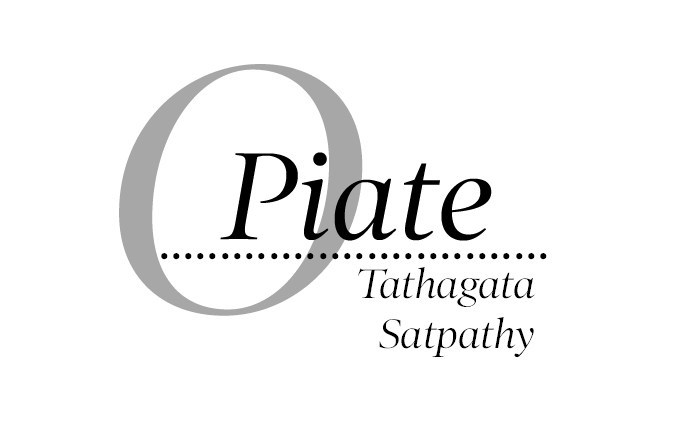Media freedom is back into strong focus with the Supreme Court saying the government must frame guidelines for functioning of the electronic media that went overboard in their obsession with TRP ratings bordering on sensationalism and even communalism. The government swiftly threw the ball back into the judiciary’s court, suggesting that it frame guidelines first on the digital media as the mainstream print and electronic media already have regulations. How this back-and-forth would progress is worth a wait and watch. This is no easy job, and chances are that the entire spectrum of the media – print, electronic and digital – would come under scrutiny in an increasing manner. Although scrutiny may not sound negative yet which individuals will scrutinize will be a matter of great concern.
Notably, the issue arose after Sudarshan TV telecast a programme which stated among other things that an attempt was on by Moslems to infiltrate the government services. The apex court rightly found this to be a case of communalising a situation by use of terms like UPSC Jihad and Bureaucracy Jihad. Four episodes were telecast in a series after the channel got the nod from the government on September 9 and 10. More episodes were to be released when the court applied brakes, terming this as the “vilification of a community.”
The Central government’s argument now is that, apart from the fact that the mainstream media already has a set of guidelines for functioning, while the digital media which has faster and wider reach and has the potential to become viral with applications like YouTube, WhatsApp, Twitter, Facebook and such goes unfettered. In fact, the Centre has also opposed the court undertaking an exercise to regulate the electronic media alone, and said this was “unwarranted”, if it is “merely based upon one episode or a few episodes of one channel, namely Sudarshan TV.” The government’s distaste to this exercise is clearly evident. It may also be noted that the Modi government came to power with the immense help and use of social media. Once in office, television became the mainstay for propaganda. It is definitely easy to control and manipulate these channels as they are always at the mercy of the government for spectrum and uplinking licenses. Digital media, on the other hand, is a free horse and much more difficult to reign in.
Two aspects need be noted in relation to the Centre’s stand. One, the Modi government came to power in 2014 and in 2019 through a massive digital/social media build-up and this support is dwindling over the years. Rather, now the social media is exposing the failures of the Modi government. Two, the electronic media is now at the beck and call of the establishment. Running TV channels is an expensive exercise, and these entities can easily be controlled through multiple governmental interferences by cutting their financial resources. It is also known that prominent channels are run by large business houses, which require to be on the correct side of the government for their other larger business interests.
Global digital media functions on massive budgets and a third world country like India can neither punish nor lure these platforms to perform according to the wishes of our politicians. Case in point was when the Modi government was desperately pushing Facebook to share user data with it. Hilariously, there was a time when suggestions were made by the government to link Aadhaar with every social media account, which these platforms flatly refused to do.
Digital media is a worldwide phenomenon. Its freedom is not questioned except in autocracies in the Middle East or in countries like China and Russia. The wider world has no problem with digital media. Democracies are allowing them a free run, also as it helps those in power to gauge the mood of the people. For autocracies, people’s mood does not matter. By applying controls on digital media, India could enter the age of darkness. Today, a channel vilified Moslems. Tomorrow, another channel may vilify Hindoos.
It is not a question of the BJP, or the Congress, or any party for that matter which rules at the Centre. Access to information or their dissemination should not be controlled by the government. The Constitution has granted freedom to the people and to media in the form of Freedom of Expression (FoE), and it must be upheld as a sacred commitment to the Constitution itself. Today, the government recommends control on digital media; tomorrow it can ask for controls on print media; and another day it can seek curbs on TV channels. It is for the court to look at matters from a wider perspective. The health of the entire spectrum of media is important. There cannot be a selective approach to set matters right. People must be trusted and they are capable to decide what is fake and what is not.
